It would take over 400 years to excavate all of the wrecked ships currently unclaimed on the oceans floors. But just think of all the treasure you might find.
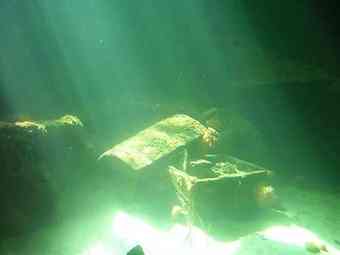 Flor de la Mar – Sumatra, Malaysia: Among the richest shipwrecks never recovered, the 16th Century Portuguese vessel, Flor De La Mar was lost around 1511 in a storm off the northern coast of Sumatra.
Flor de la Mar – Sumatra, Malaysia: Among the richest shipwrecks never recovered, the 16th Century Portuguese vessel, Flor De La Mar was lost around 1511 in a storm off the northern coast of Sumatra.
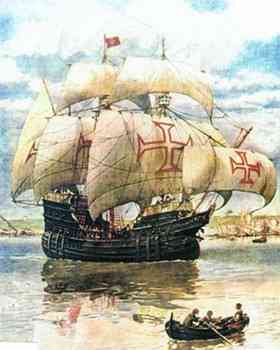 Containing the stolen treasures of the Melaka kingdom in modern day Malaysia, the Flor de la Mar’s cargo, including 60 tons of gold remains undiscovered despite lying in some of the best diving waters of the world.
Containing the stolen treasures of the Melaka kingdom in modern day Malaysia, the Flor de la Mar’s cargo, including 60 tons of gold remains undiscovered despite lying in some of the best diving waters of the world.
Merchant Royal – Dartmouth, UK: Britain’s largest unrecovered treasure haul lies just 21 miles (34 km) from Land’s End in Cornwall.
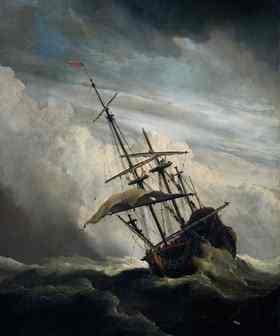 The Merchant Royal, returning to England with a cargo of Spanish treasure sank in bad weather on 23 September 1641, containing 500 bars of gold, silver and precious stones. Bring a dry suit and a torch.
The Merchant Royal, returning to England with a cargo of Spanish treasure sank in bad weather on 23 September 1641, containing 500 bars of gold, silver and precious stones. Bring a dry suit and a torch.
San Jose – Baru Peninsula, Colombia: In 1708, during the War of Spanish Succession, English Commodore, Charles Wagner captured and sank Spanish treasure ship,
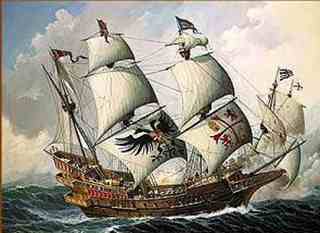 The San Jose in less than 1000 feet (305 metres) of crystal blue water, between the Isla del Tesoro (known as treasure island) and Baru Peninsula. The San Jose’s cargo is estimated today at a value of more than $1 billion.
The San Jose in less than 1000 feet (305 metres) of crystal blue water, between the Isla del Tesoro (known as treasure island) and Baru Peninsula. The San Jose’s cargo is estimated today at a value of more than $1 billion.
Nuestra Senora de Atocha – Key West, Florida, USA: In 1985, Florida treasure hunter Mel Fischer hit the mother lode when, after 16 years of dedicated hunting, he located the wreck of the Nuestra Senora de Atocha about 35 miles (56 km) off the coast of Key West, Florida.
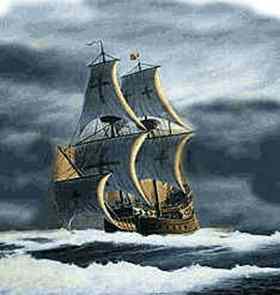 Carrying a haul that included over 40 tonnes of silver and gold, 100,000 Spanish coins and Columbian emeralds, Fischer’s family now run diving holidays around the Atocha where artefacts continue to be uncovered.
Carrying a haul that included over 40 tonnes of silver and gold, 100,000 Spanish coins and Columbian emeralds, Fischer’s family now run diving holidays around the Atocha where artefacts continue to be uncovered.
HMS Victory – English Channel, UK: In 2009 US company Odyssey Marine Exploration announced that it had discovered the predecessor of Lord Nelson’s Victory, sunk in 1744, on a group of rocks known as The Casquets near to the Channel Islands.
 Thought to contain 100,000 gold coins, a legal row continues as to ownership of the haul.
Thought to contain 100,000 gold coins, a legal row continues as to ownership of the haul.
Notre Dame de la Deliverance – Key West, Florida, USA: In November 1755 Spanish Galleon Notre Dame de la Deliverance left Havana with treasures collected from mines in Mexico, Peru and Colombia.
 A day later the ship was caught in a hurricane and sank with almost all hands, 40 miles from Florida’s Key West. Containing an estimated $2 billion in lost gold and silver, the site of the Deliverance was allegedly discovered in 2003 but has yet to be raised.
A day later the ship was caught in a hurricane and sank with almost all hands, 40 miles from Florida’s Key West. Containing an estimated $2 billion in lost gold and silver, the site of the Deliverance was allegedly discovered in 2003 but has yet to be raised.
Hoi An Junk – Da Nang Peninsula, Vietnam: During the 1990s a junk was discovered which sank in over 260 feet (79 metres) of water, 14 miles (22.5 km) from the Da Nang peninsula in Vietnam.
 Appearing to be of Thai origin, its spectacular cargo of blue and white and polychrome ceramics, painted with human figures, landscapes, fish, birds, and mythological animals, dates to Vietnam’s Golden Age of the mid-15th century.
Appearing to be of Thai origin, its spectacular cargo of blue and white and polychrome ceramics, painted with human figures, landscapes, fish, birds, and mythological animals, dates to Vietnam’s Golden Age of the mid-15th century.
Source: Sabotage Times [December 22, 2010]